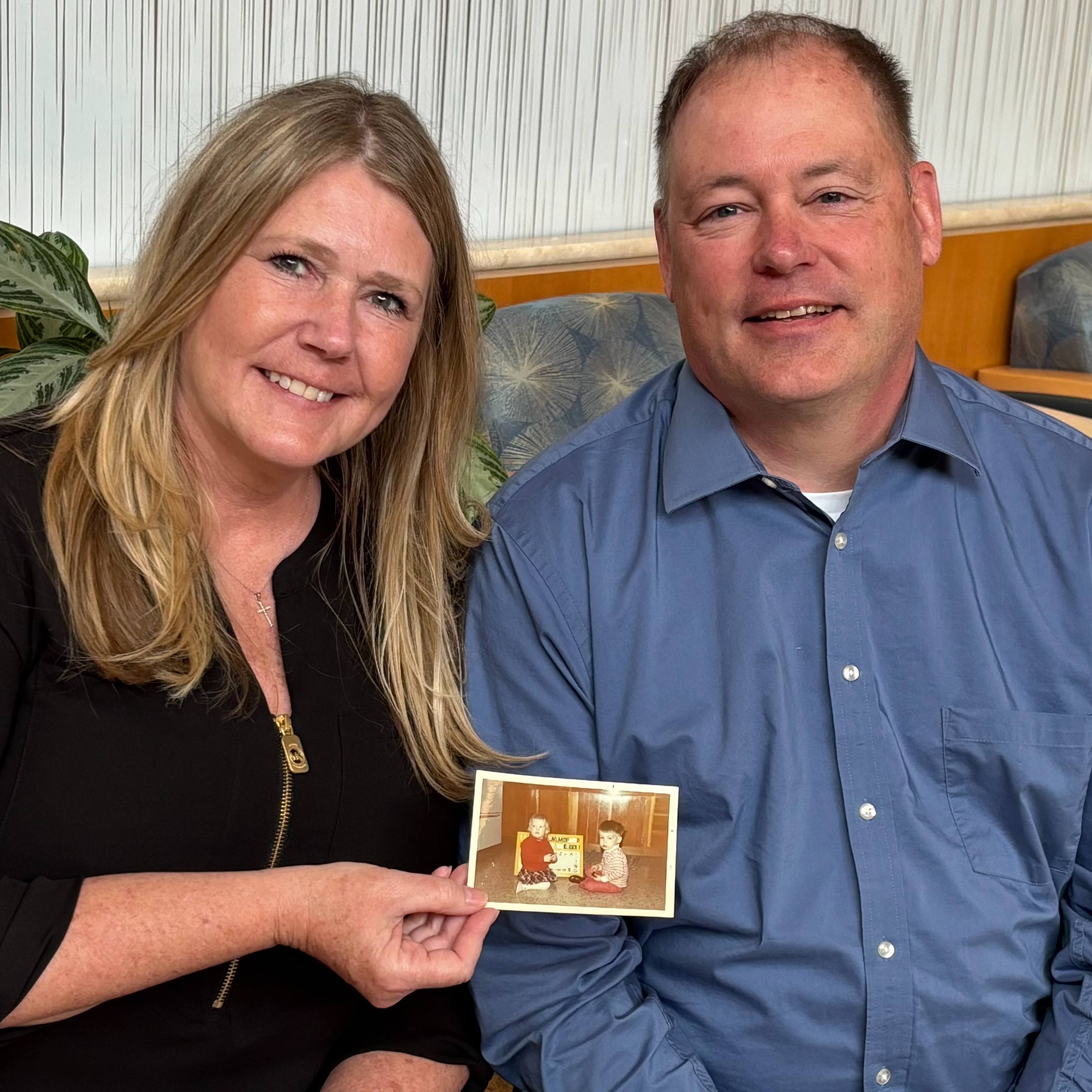-
Golfers: Tee Up Some Common Sense

According to the National Golf Foundation, more than 28 million Americans love to hit the links. However, after a day on the course, some may wonder if the links are hitting back. Wrist and hand injuries for golfers are common. Why? And what can you do about them? Take a minute to check your golf swing. Reporter Dennis Douda and photographer Andy Shilts spent time with Mayo Clinic orthopedic surgeon and avid golfer Dr. Sanj Kakar and asked him for advice. (Previously aired May 2012)
Journalists: Broadcast-quality video pkg (1:54) and additional b-roll are in the downloads. There are also four one-minute split track pkgs. in the downloads.
Read the script.
There's more to golf than your golf swing. Use common sense to lower your risk of injury:
1. Warm up. Before you golf, walk or jog for a few minutes. Then try a few gentle stretches.
2. Start slowly. Work up to your desired level of activity.
3. Think overall fitness. Include aerobic activity, stretching and strength training in your fitness routine.
4. Lift your clubs carefully. Keep your back straight and use the strength of your legs to lift your clubs and other heavy objects.
Protect your elbows
To keep your game on course, think prevention:
1. Strengthen your forearm muscles. Use light weights or squeeze a tennis ball.
2. Do some dynamic stretching (half swings) before you golf. Walk or jog for a few minutes to warm up your muscles first.
3. Fix your form. Ask an instructor to check your grip and swing technique.
4. Know when to rest. At the first sign of elbow pain, take a break.
Learn more:
Golfer’s elbow
Golf injuries: Play it safe with these tips
Slide show: Golf stretches for a more fluid swing







